The Ten Best Photography Books of 2020
From redheads to surfboards to national monuments, the subjects of our favorite titles this year are wide-ranging
/https://tf-cmsv2-smithsonianmag-media.s3.amazonaws.com/filer/90/6f/906f1f32-236a-4862-9395-e393e1fb4ef5/photobooks_smithsonianmagazine_bookslist_2020-main.jpg)
This year brought heartbreak and sacrifice never before experienced to people all over the world. As we reminisce about 2020, it may be hard to determine exactly what we might look to—for a moment of solace. If there is a silver lining, it would be that we were able to slow down and take a closer gaze at things we usually overlook. Smithsonian magazine's photo team has gathered the following ten photography books that we’ve appreciated from the year.
Santa Barbara, by Diana Markosian
Photographer Diana Markosian is at her best when she’s delving into her family history and heritage, and her recent ambitious project, Santa Barbara, is no exception. In this book and short film, she recreates—and casts and directs—her family’s harrowing journey to America from post-Soviet Russia in the 1990s. Her mother was a Russian “mail-order bride,” bringing two young children with her to build a family with a man she had never met in Santa Barbara, California. Coincidentally, the city was already well-known in Russia, as the 1980s soap opera of that name was the first American television show to be broadcast there in 1992, and had gained a large following. Now as an adult, Markosian has begun to look back on this period of her childhood with a new sense of perspective and empathy for her mother, and with greater appreciation for her struggles and sacrifices. Incorporating casted re-enactments, stills from the film version of Santa Barbara, as well as archival images, Markosian has created a world that is cinematic yet still gleams with moments of intimacy.
Meet Bob, by Jasper Doest
Readers, meet Bob. Bob lives on Curaçao, a tiny island nation in the southern Caribbean Sea, just north of the Venezuelan coast. Bob just happens to be an American flamingo. A concussive run-in with a hotel window in 2016 left him in the care of Odette Doest, a local exotic pet veterinarian and the head of a non-profit wildlife rehab center and conservation foundation. While caring for Bob, Doest determined he was suffering from bumblefoot—a common malady in captive birds that would make it difficult for him to catch food in the wild—and that he had previously been domesticated. So Bob, who was quite fond of humans, stayed on with Odette as an educational ambassador for the foundation. He began accompanying her on her community speaking engagements and cutting a striking figure. That was where leading conservation photographer Jasper Doest came in. While visiting his cousin Odette, Jasper found Bob irresistible, and he began documenting Bob’s life on and off for the next three years. Those photos have turned into Meet Bob. “She’s using him to tell a bigger story,” Jasper told National Geographic. “He by himself would just be a flamingo, and without Bob, she would not have that emblematic animal that gives her the attention to do her educational work.”
Gingers, by Kieran Dodds
Redheads of the world, unite! At least, they have on paper in Gingers, Scottish photographer Kieran Dodds’ aptly-titled book. It’s full of beautifully lit portraits of redheads from around the world photographed on black backgrounds, allowing their features and hair to radiate off the page. “Pale and ginger” (just ask him!) with two redhead girls, Dodds resides in Scotland, the global ginger capital, with 13 percent of its population possessing those fiery locks. Social media served as Dodds’ Bat Signal for locating redheads across the world, as the book transects 11 time zones, with subjects from the Americas and Europe, to the Middle East and Asia. The book “connects us across political and cultural boundaries, using a rare golden thread,” Dodds told Bored Panda. “I want people to compare the portraits and delight in our variety. We are made of the same stuff but we are uniquely tuned.” The November issue of Smithsonian showcased another of Dodds’ series, titled “Border Patrol,” on the mighty hedges that have “defined the British landscape since the Bronze Age.”
Secreto Sarayaku, by Misha Vallejo
The photographs in Secreto Sarayaku have a surreal, transformative feeling. Like you’ve been swiftly whisked away by Ecuadorian photographer Misha Vallejo and dropped among the Kichwa people of Sarayaku. These residents of the Ecuadorian Amazon Rainforest have a special connection to the jungle and believe it is a living, conscious entity, with all parts interconnected. Vallejo has been documenting their everyday lives for this project, a collection of beautiful visual details of the mundane, dramatic portraiture and jungle landscapes. The Kichwa have been incorporating technology, from solar panels on their house to satellite Internet access, into their lives to their advantage. When confronted by the interests of Big Oil, they have used social media to advocate for their environmental message and to gain supporters worldwide. Vallejo attempts to reflect their worldview on camera: that protecting their home is fundamental not only to their own survival, but to that of humanity.
Friday Night Lives, by Robert Clark
The Permian Panthers of Odessa, Texas, are forever stamped in the American consciousness when it comes to small-town football, thanks to Buzz Bissinger's 1990 book Friday Night Lights chronicling the team's dramatic 1988 season. Photographer Robert Clark was there as well, capturing all the action on gritty black and white film. Twenty of those photographs accompany Bissinger's original book. However, Clark shot 137 rolls of film as he documented the Panthers in all their trials and tribulations, making a run towards the Texas state championship. Now 30 years later, Clark’s Friday Night Lives reveals the never-before-seen photographs. Through Clark's time capsule, viewers can hear the cheers of the crowd, the sounds of the locker room, the music played by the pep band, and feel the hot West Texas sun beating down on the football players during drills. It’s apparent that the town's hopes and dreams are beholden to the high school's football team's success. Clark brings us to the present day with poignant portraits of key characters of the storied season, including Mike Winchell, the star quarterback; Boobie Miles, who injured his leg that year; and head coach Gary Gaines.
Necessary Fictions, by Debi Cornwall
Necessary Fictions is a continuation of conceptual documentary artist Debi Cornwall's dark-humored approach shown in her award-winning exploration of Guantánamo Bay in Welcome to Camp America. Only this time, the location is unknown, if only at first. Throughout the book of photographs, clues are given, such as coordinates and a quote attributed to Karl Rove, the one-time chief political strategist to President George W. Bush. As a former soldier who's been to Kuwait and Iraq, things at first look familiar to me. However, there is something off-putting. Clothes seem too clean for the environment, too pristine for any battlefield. As I move forward, it becomes obvious. It's a simulation, a staged role-playing game in a place I've never been. The players are paid to play themselves; Iraqis and Afghans who fled war and young soldiers play dead and wounded in graphic detail as if walking off the set of a horror movie. The country is called "Atropia," and its location is played out across the United States on military bases. Twenty years after 9/11 and the start of the War on Terror, Necessary Fictions takes a good look at how far we've come in filling the needs of the military-industrial complex as efficiently as possible.
Surfboard, by Joni Sternbach
Over a two-year period, photographer Joni Sternbach documented historic surfboards from the Surfing Heritage and CultureCanter Center (SHACC) collection in San Clemente, California. The photographs from these efforts are shown in her latest self-published monograph titled Surfboard. Sternbach used an ultra large-format camera and collodion-coated glass plate negatives to capture each board. (See her magical methods on the Smithsonian magazine’s Instagram account.) The artistry in both Sternbach's photographs and the boards themselves, one of which was used by the legendary surf icon and Native Hawaiian Duke Kahanamoku, is impressive. The book captures the evolution of surfboard making methods and the art depicted on them. One board from the 1930s depicts a swastika long before the symbol was stolen during the period of Nazi Germany.
I Can Make You Feel Good, by Tyler Mitchell
Tyler Mitchell's distinctive vision of a black utopia is on full display in his book I Can Make You Feel Good, which is already in its second edition. The images—a mix of documentary, fine art, and portraiture, among other photo genres—are full of energy and life and show a freshness rarely seen in a debut photo book. The photographs run full bleed to the pages' edges as if the beauty seen in each image is too bold to be contained by any book. "I Can Make You Feel Good is simply a declaration. And one that I feel is gut-punching in its optimism. It feels important at a time like this to declare such a thing," Mitchell explains in his opening statement. One striking image of a young black man holding a plastic toy gun recalls 12-year-old Tamir Rice's tragic death, who was himself playing with a toy gun as a police officer shot and killed him. In I Can Make You Feel Good, Mitchell imagines a place where his community can play and thrive without deadly consequences. "I aim to visualize what a Black utopia looks like or could look like. People say utopia is never achievable, but I love photography's possibility of allowing me to dream and make that dream become very real," he says.
Imogen Cunningham: A Retrospective, by Paul Martineau
American artist Imogen Cunningham (1883–1976) enjoyed a long career as a photographer, creating an extensive and distinct oeuvre that underscored her unique vision, versatility and ardent commitment to the medium. An early feminist and inspiration to future generations of men and women practitioners, Cunningham intensely engaged with Pictorialism and Modernism; genres of portraiture, landscape, the nude, still life and street photography; and a multitude of themes, such as flora, dancers, music, hands and the elderly.
Beginning with Cunningham’s childhood in Seattle where she started developing and printing her own photographs in 1905 in a darkroom built by her father, and spanning the entirety of her illustrious 75-year career, Imogen Cunningham: A Retrospective contains nearly 200 color images of her elegant, poignant and groundbreaking photographs. The book features both renowned masterpieces and rarely seen pictures, including several that have never been published.
Underappreciated during her time, Cunningham was an inventive, inspired and prolific photographer who tirelessly explored her chosen medium until her death at age 93. Imogen Cunningham: A Retrospective recognizes Cunningham’s enormous achievements and raises her stature to the same level as her male counterparts in 20th-century photography.
American Monuments, by David Benjamin Sherry
David Benjamin Sherry: American Monuments is a landscape photography project that captures the spirit and intrinsic value of America’s threatened system of national monuments. In April 2017, an executive order called for the review of the 27 national monuments created since January 1996. In December 2017, the final report called on the president to shrink four national monuments and change the management of six others, recommending that areas in Maine, Nevada, New Mexico, Utah, and the Atlantic and Pacific Oceans be offered for sale, specifically for oil drilling and coal and uranium mining. American Monuments focuses on the areas under review, with special emphasis on those that have already been decimated. Sherry documents these pristine, sacred and wildly diverse areas using the traditional, historic 8×10 large format. The resulting photographs not only convey the beauty of these important and ecologically diverse sites, but also shed light upon the plight of the perennially exploited landscape of the American West.
For more recommendations, check out The Best Books of 2020.
By buying a product through some of these links, Smithsonian magazine may earn a commission. 100 percent of our proceeds go to supporting the Smithsonian Institution.
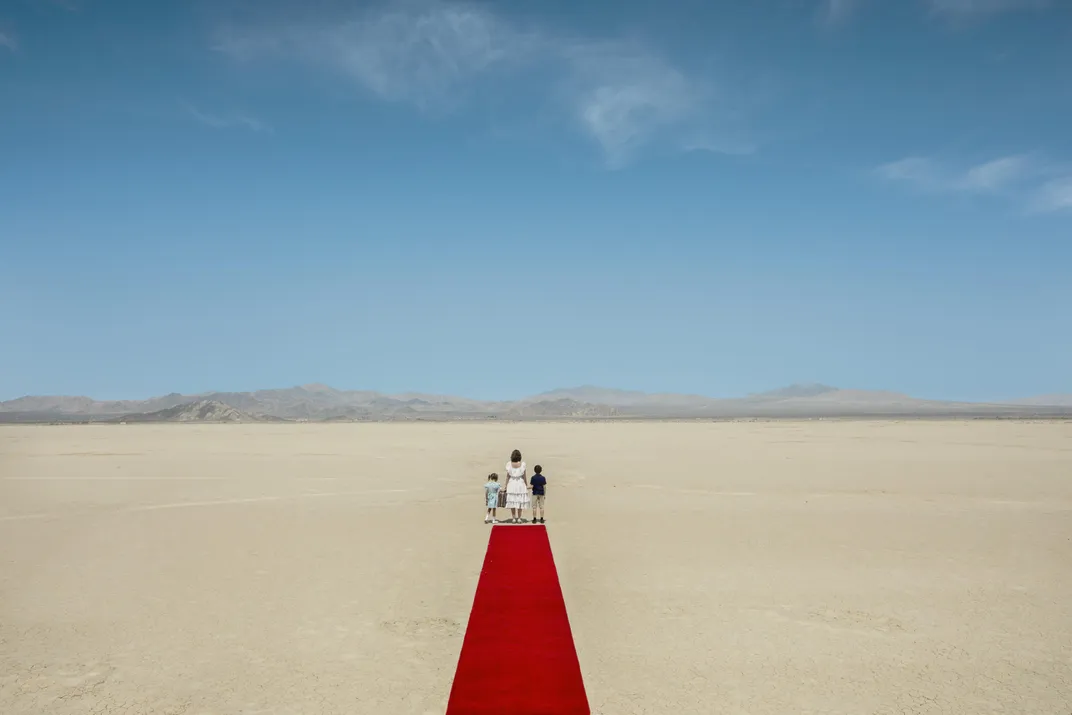
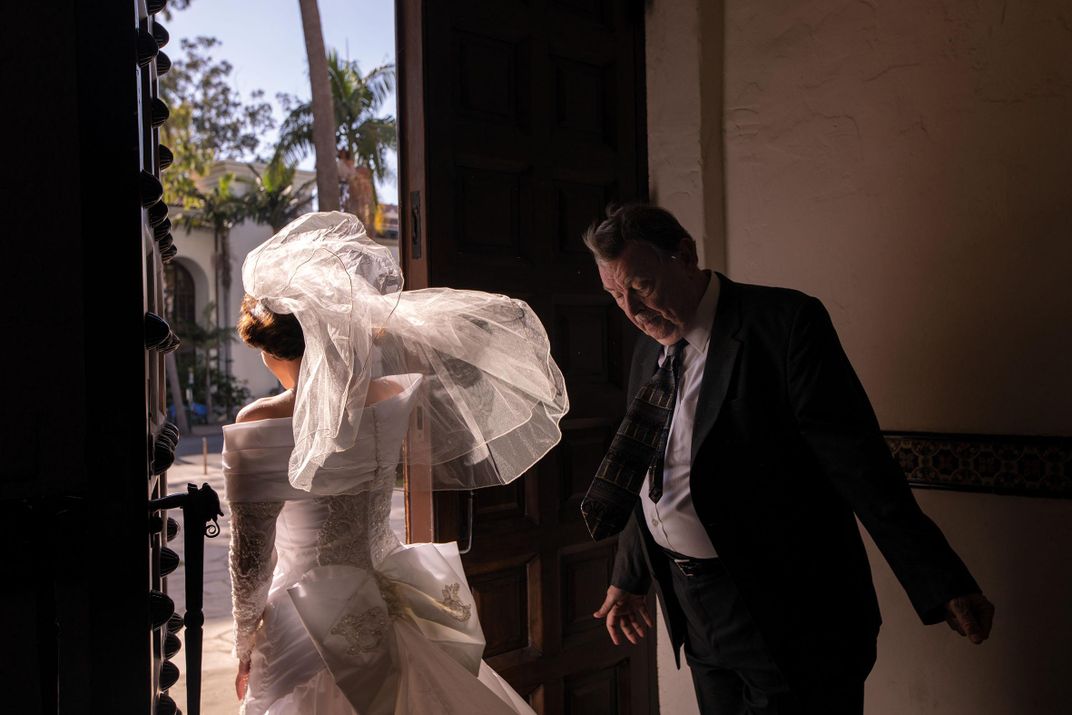
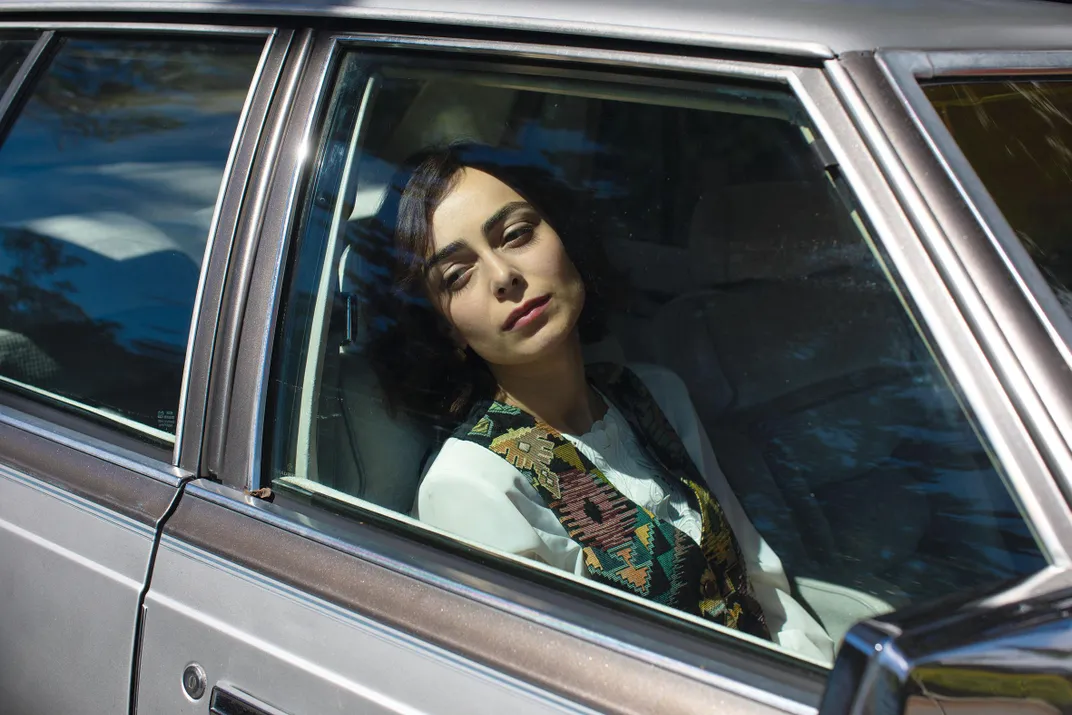
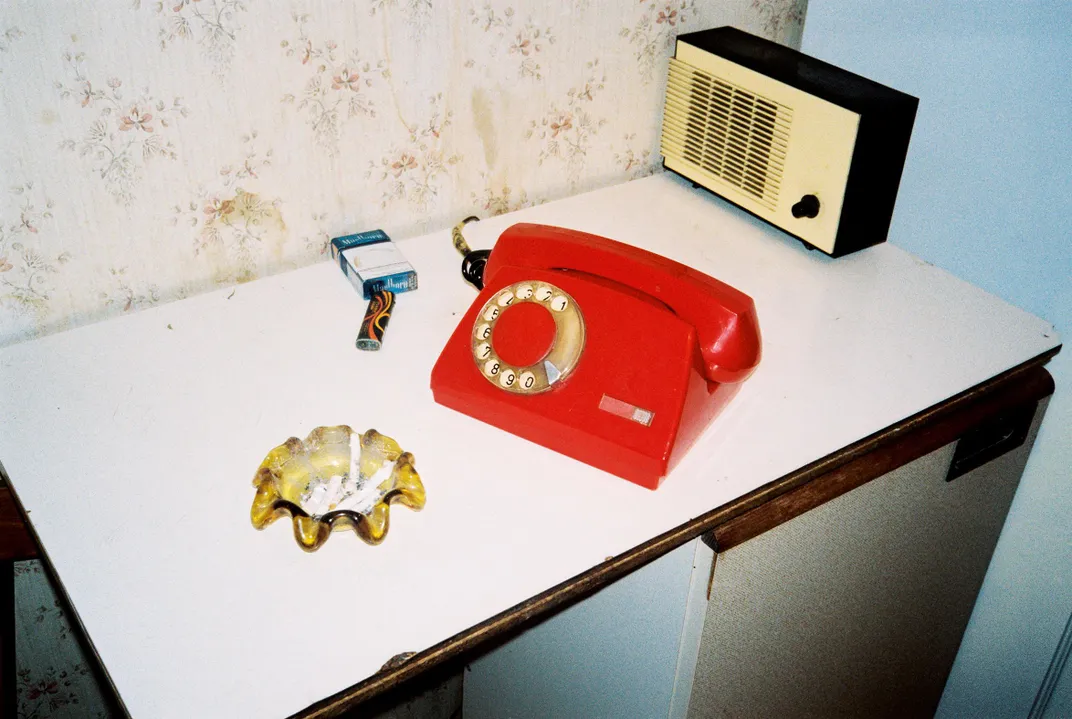
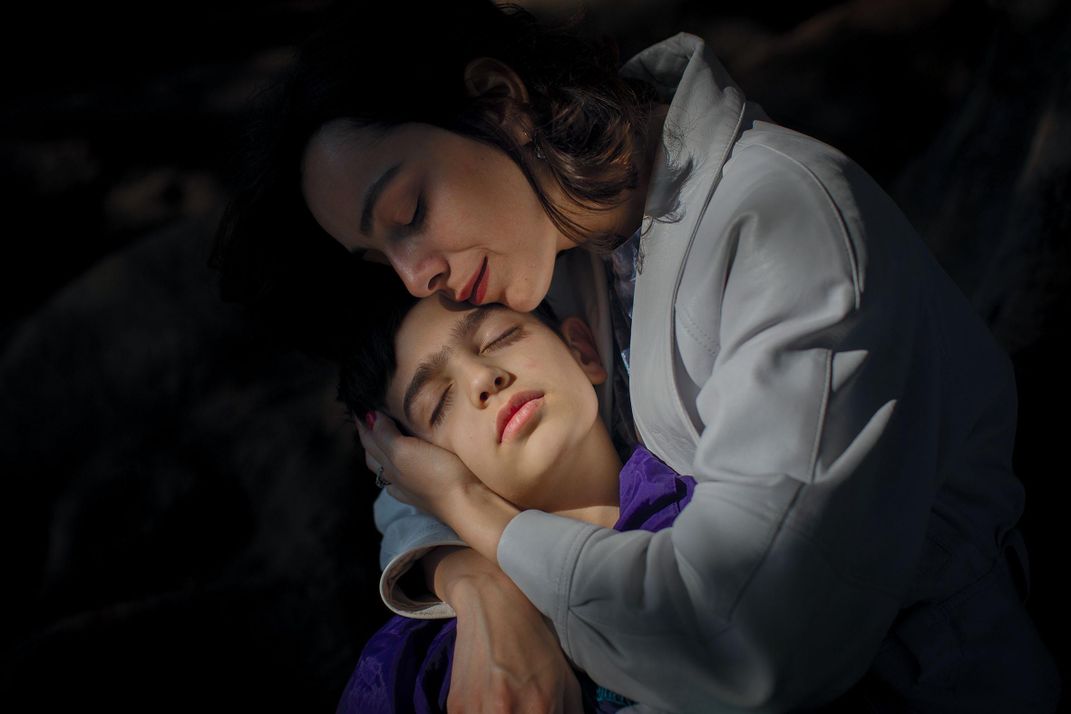
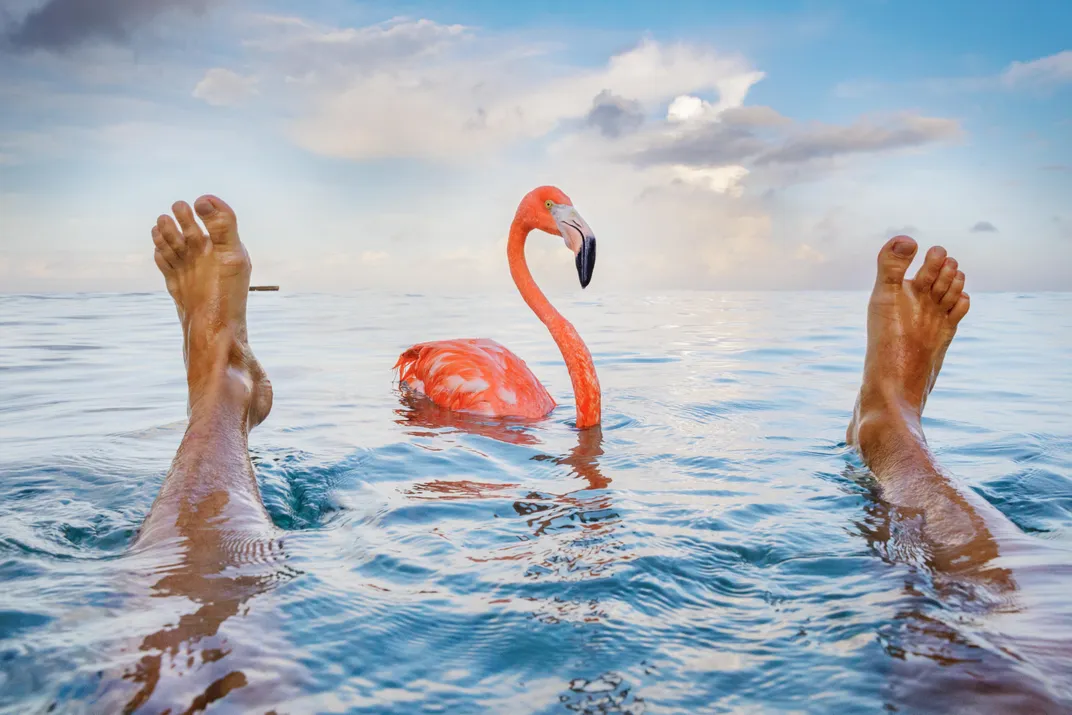
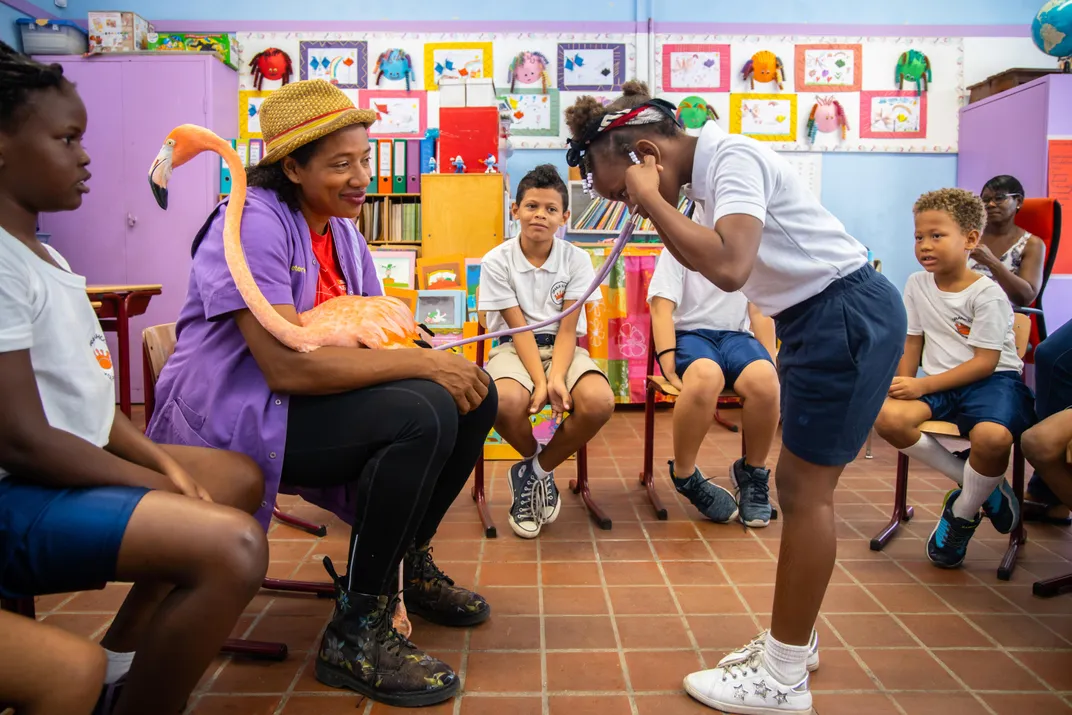
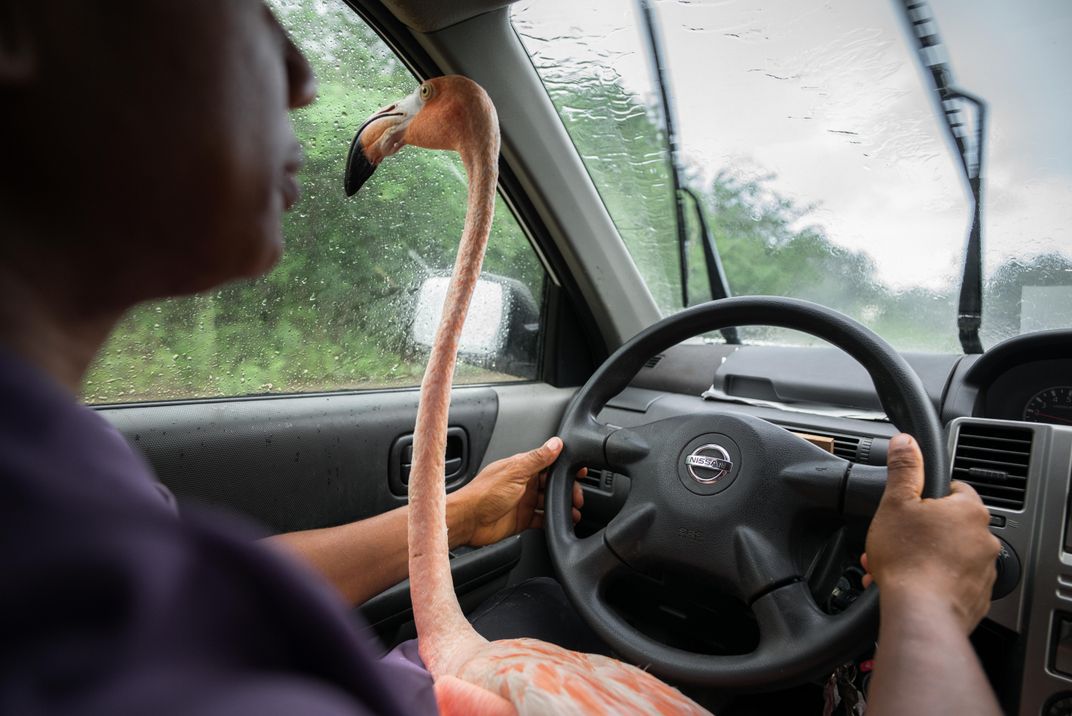
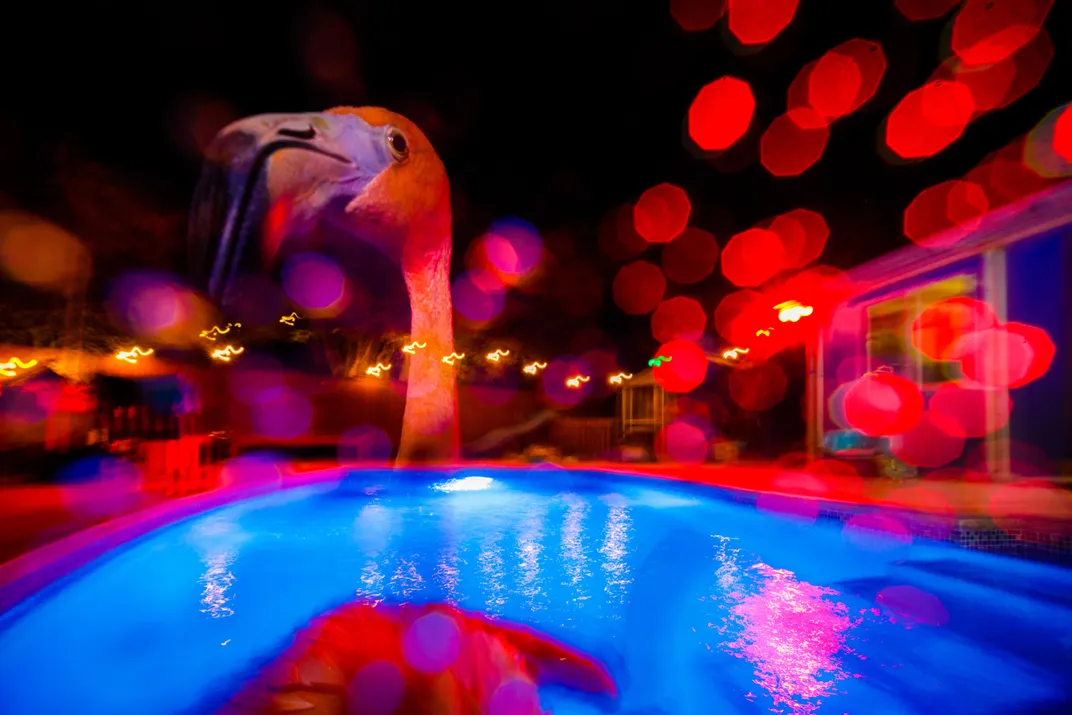
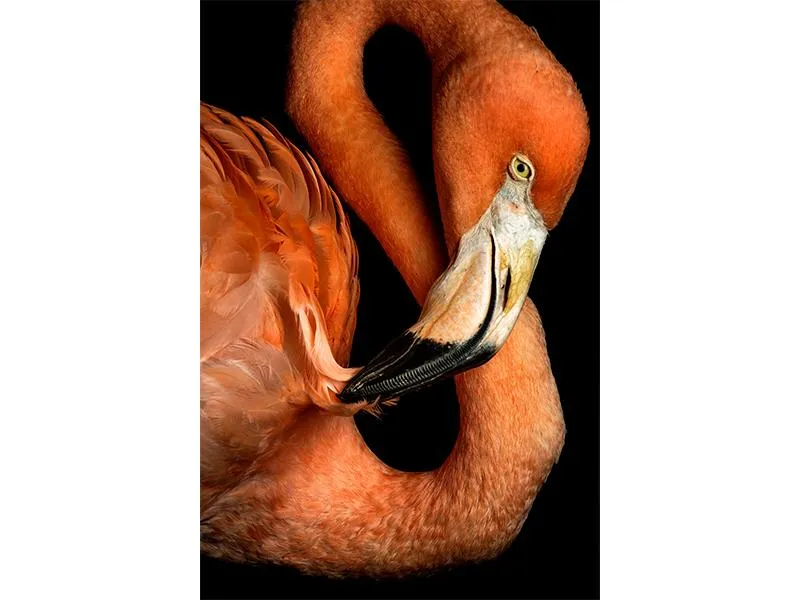
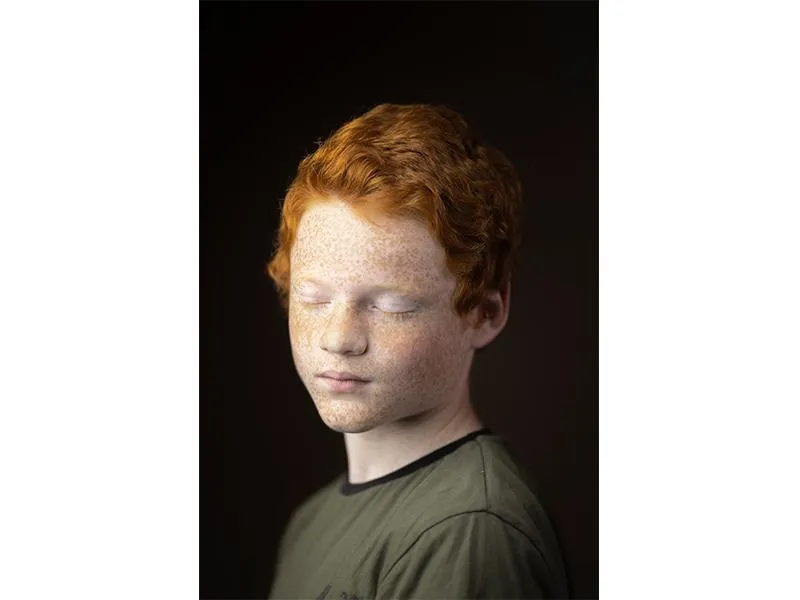
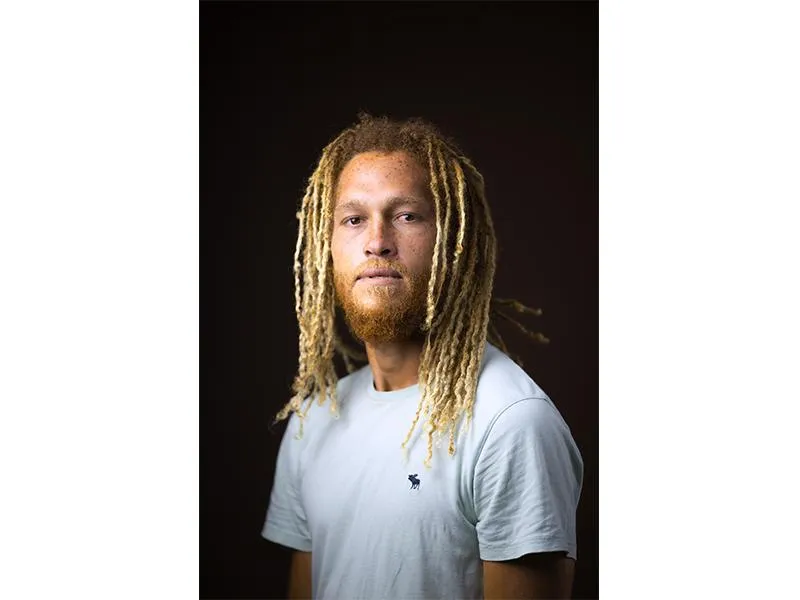

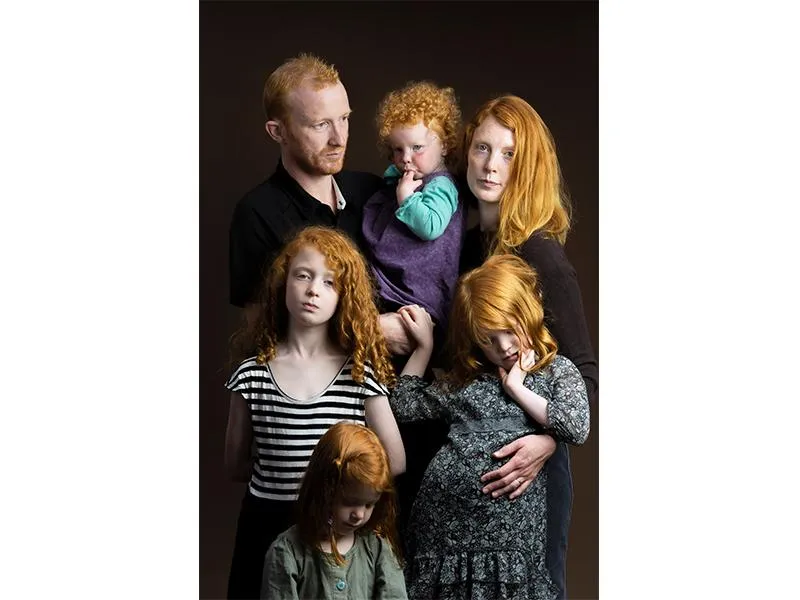
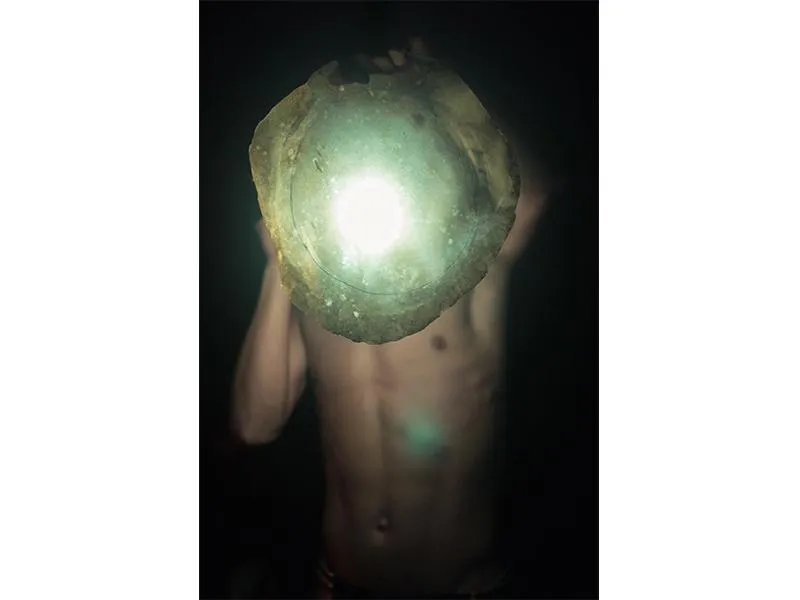
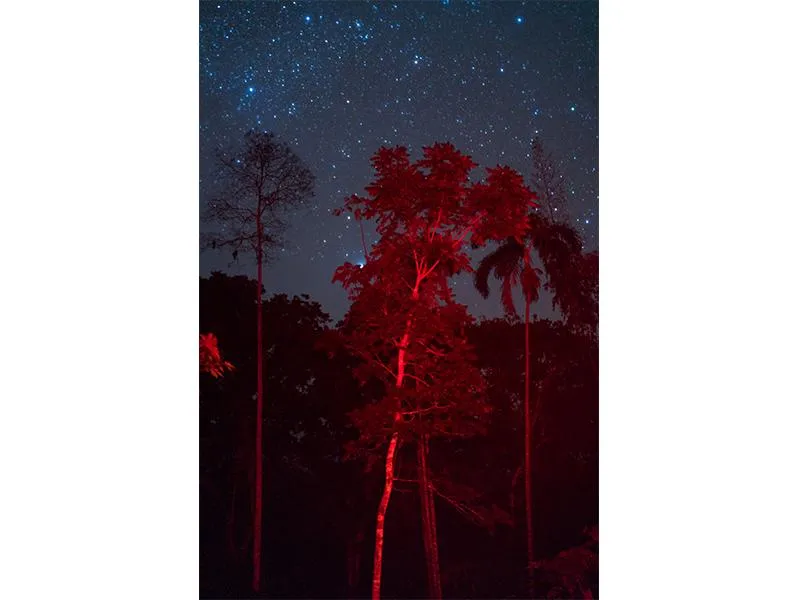
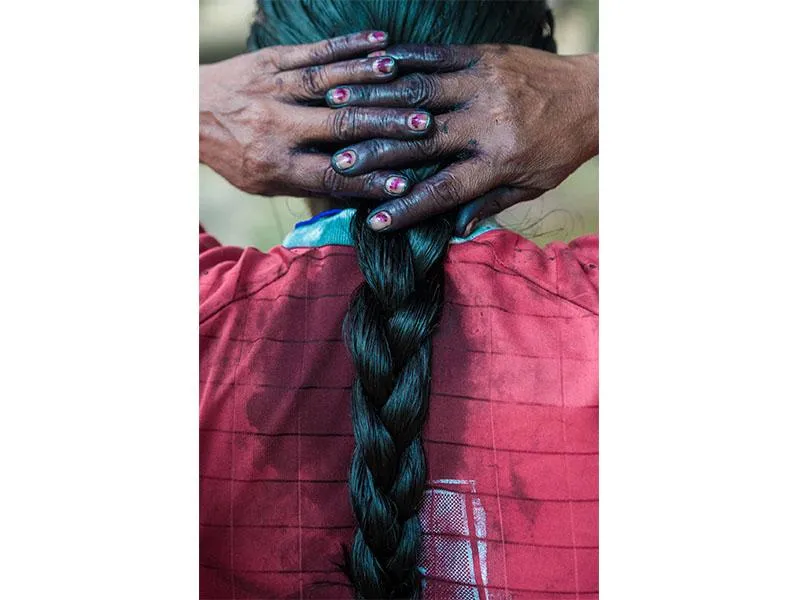
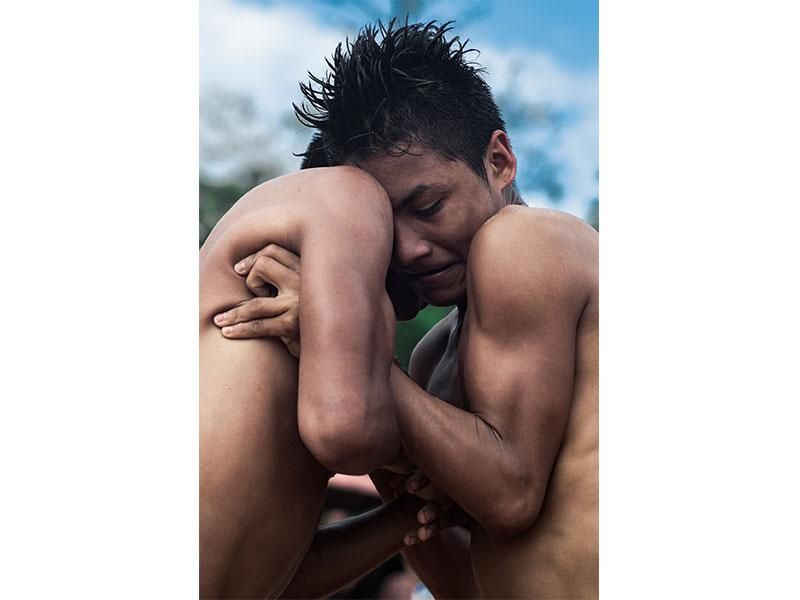
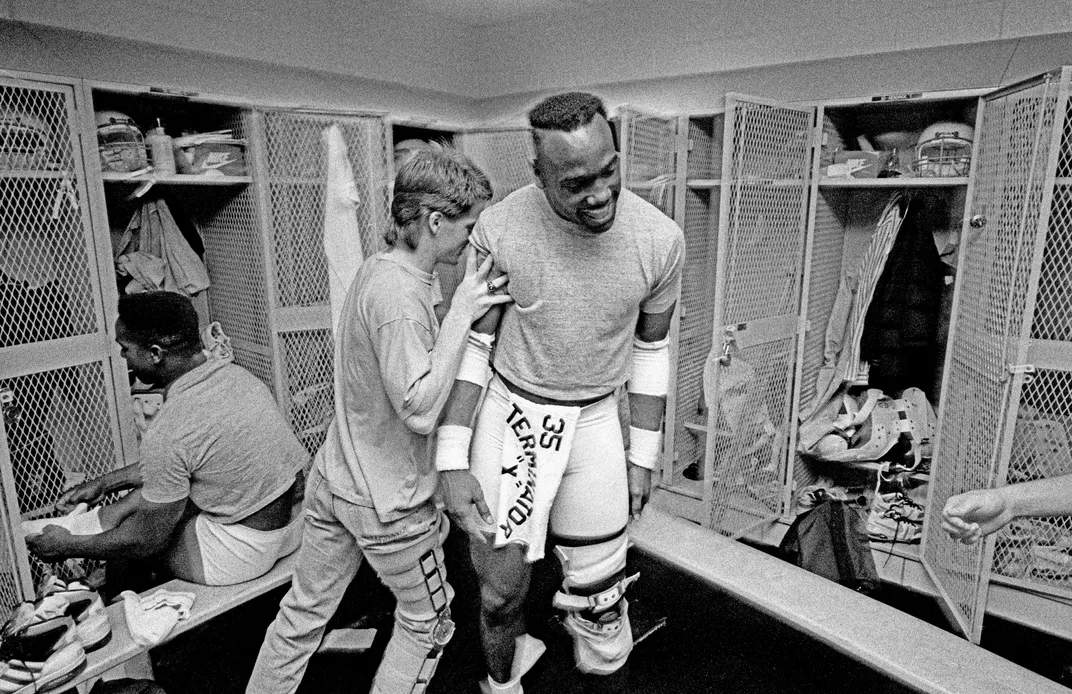
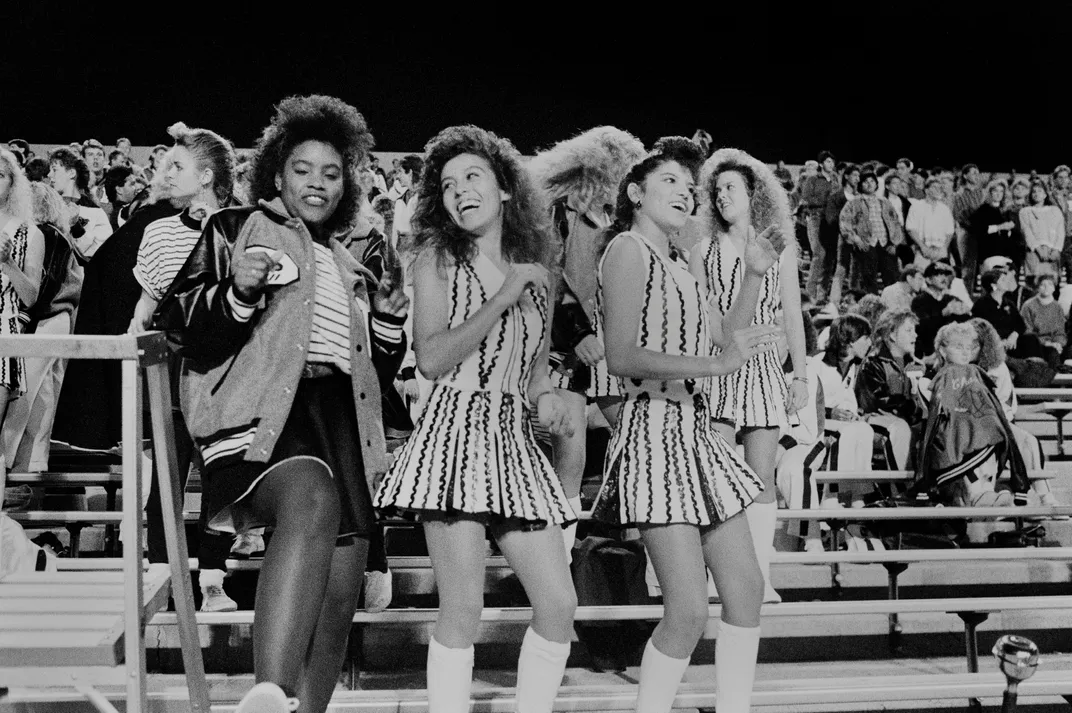
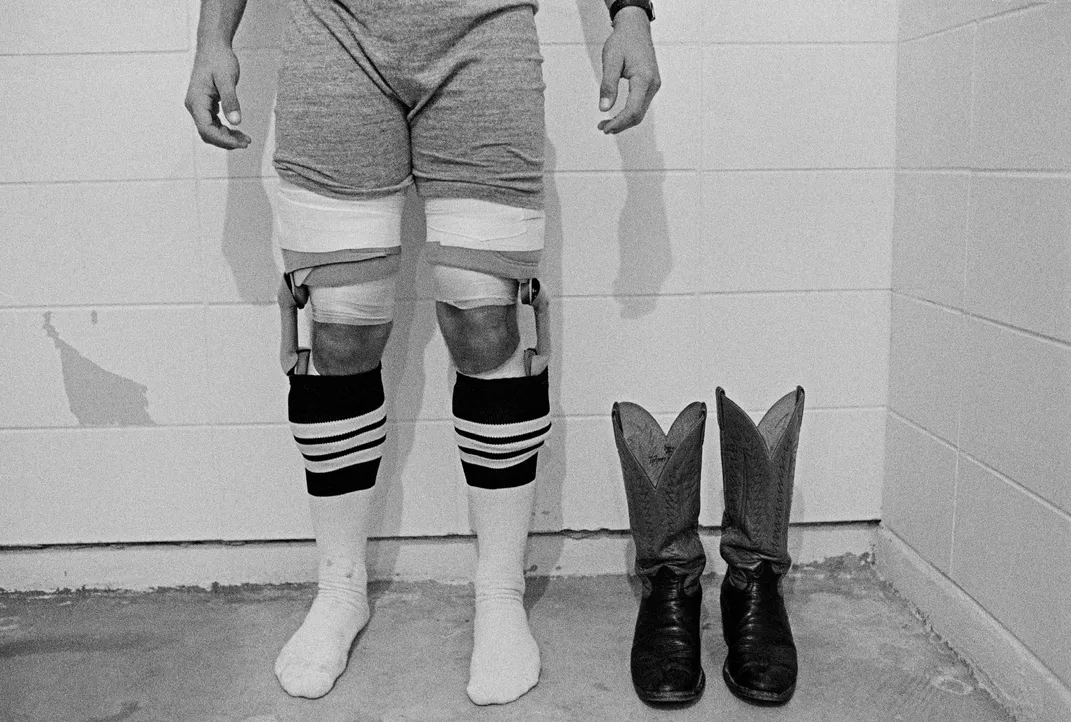
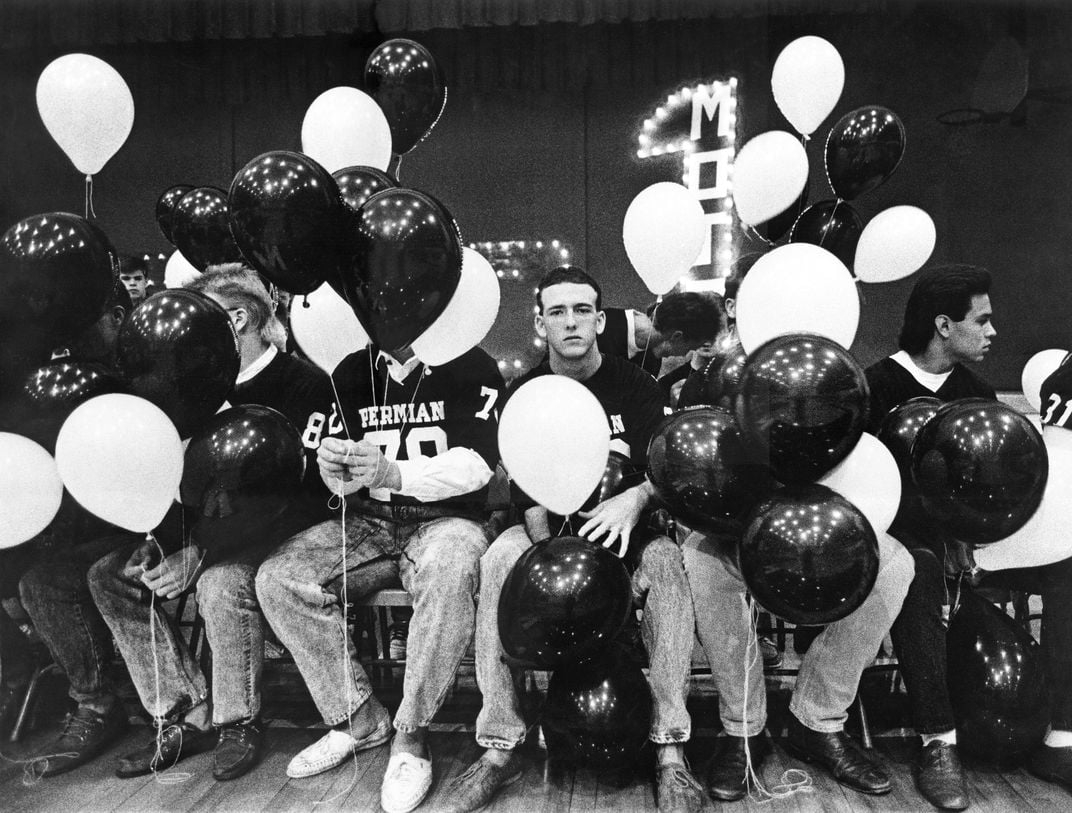
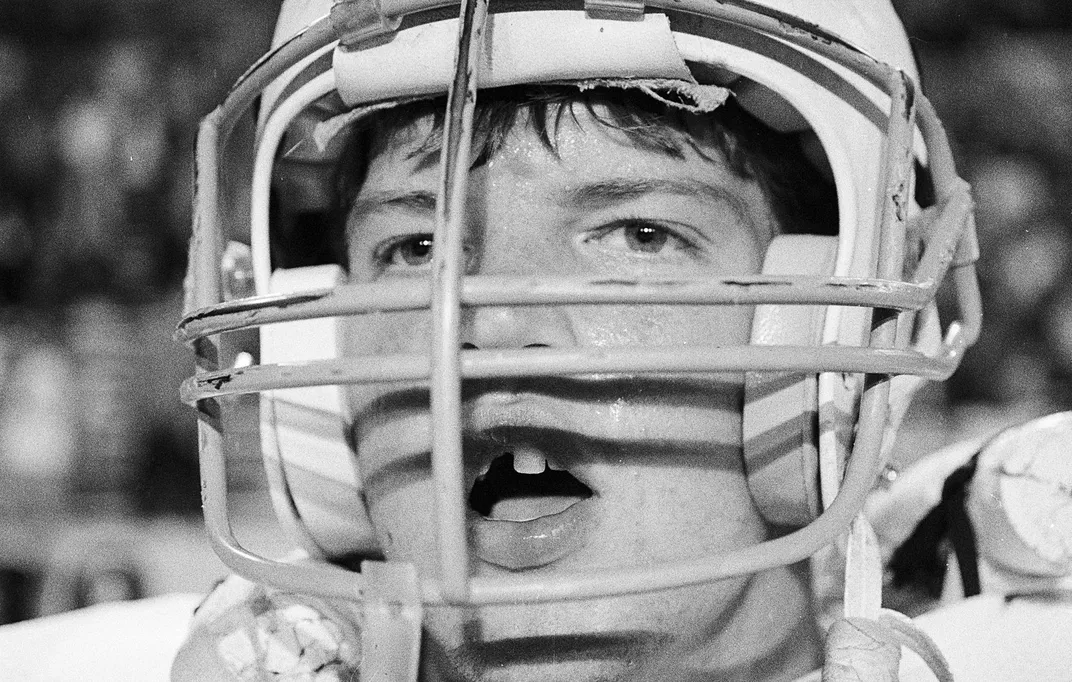
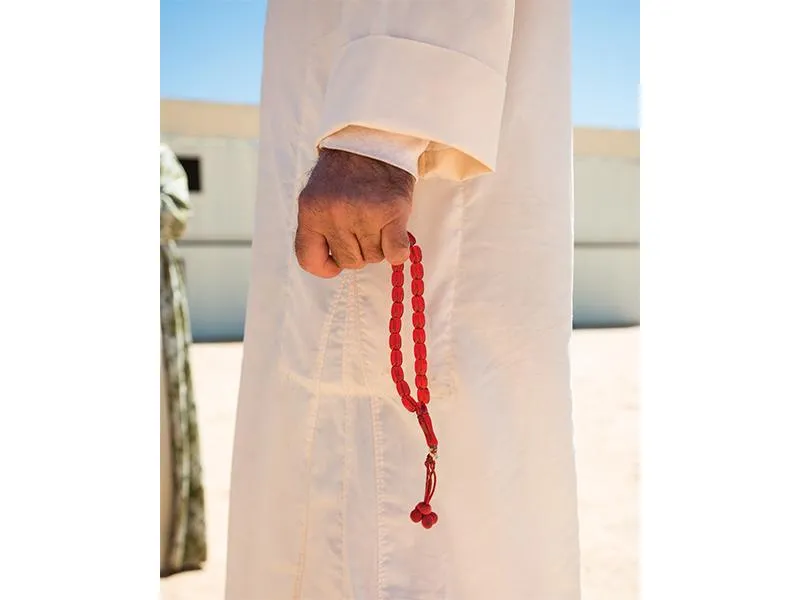

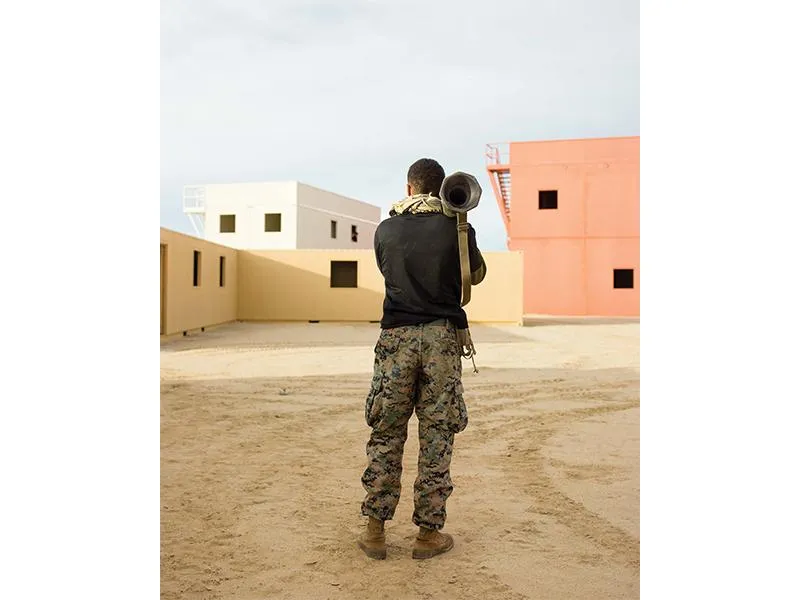

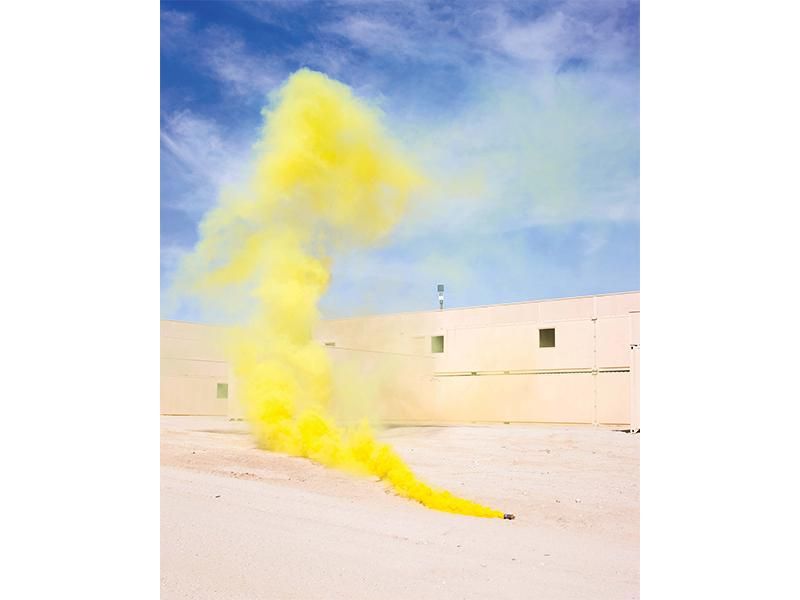
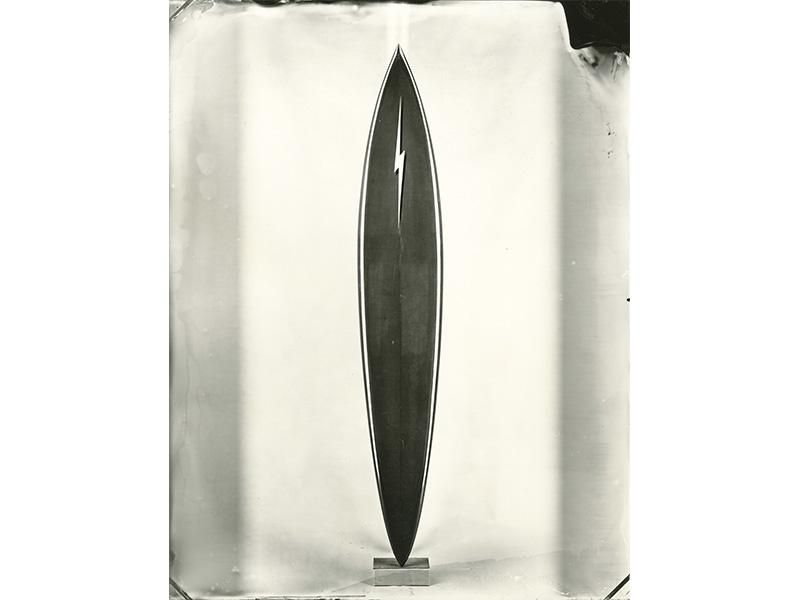
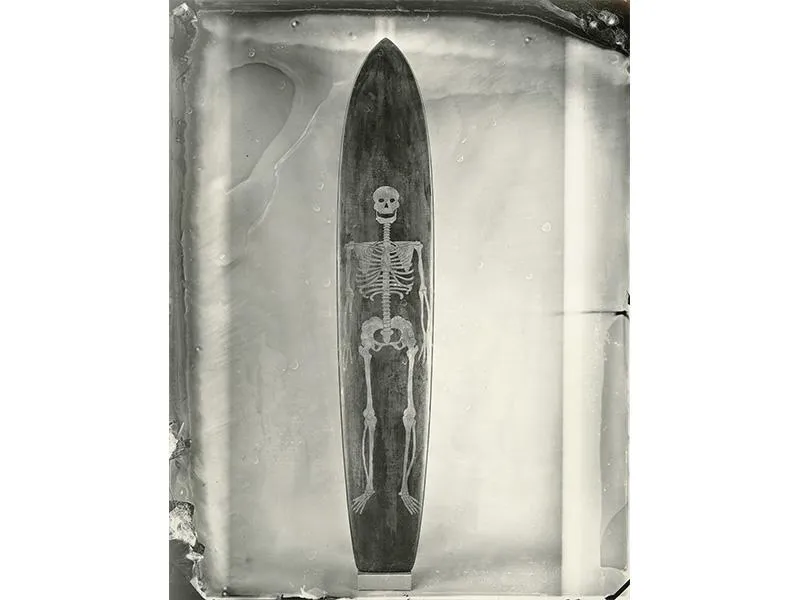
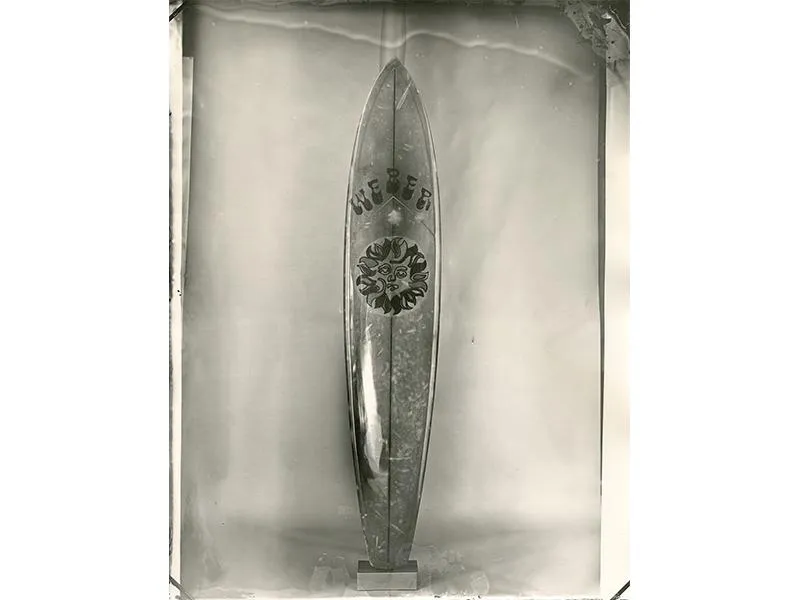
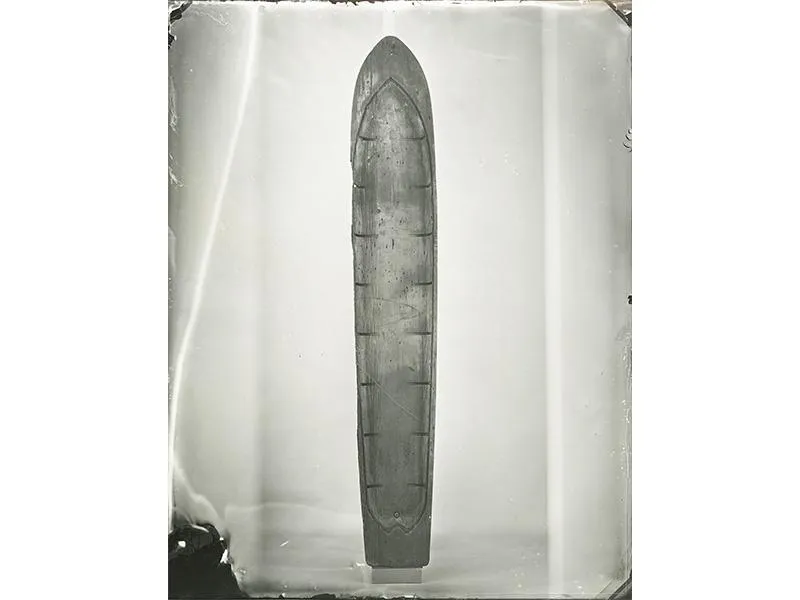
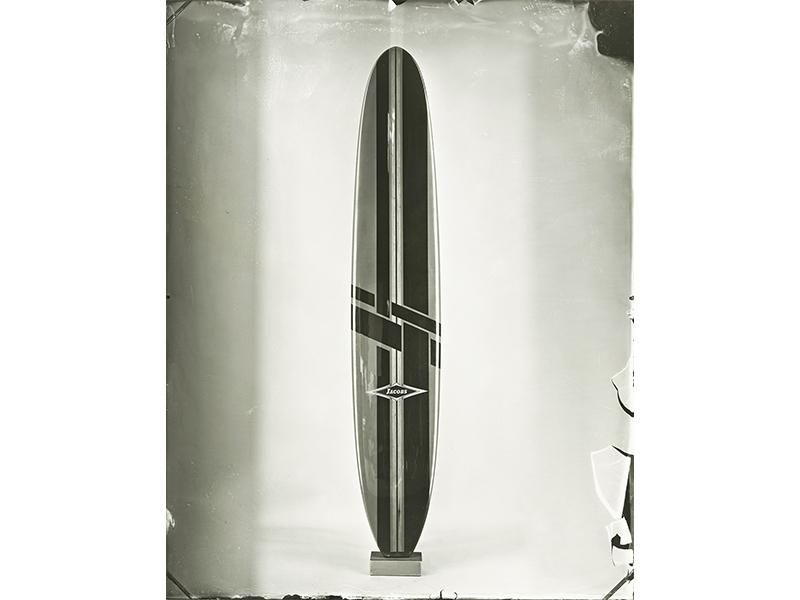
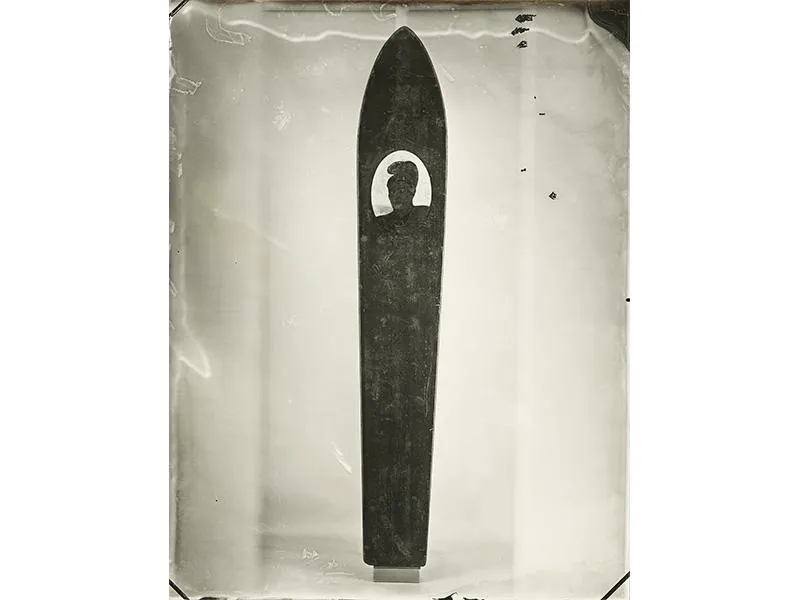
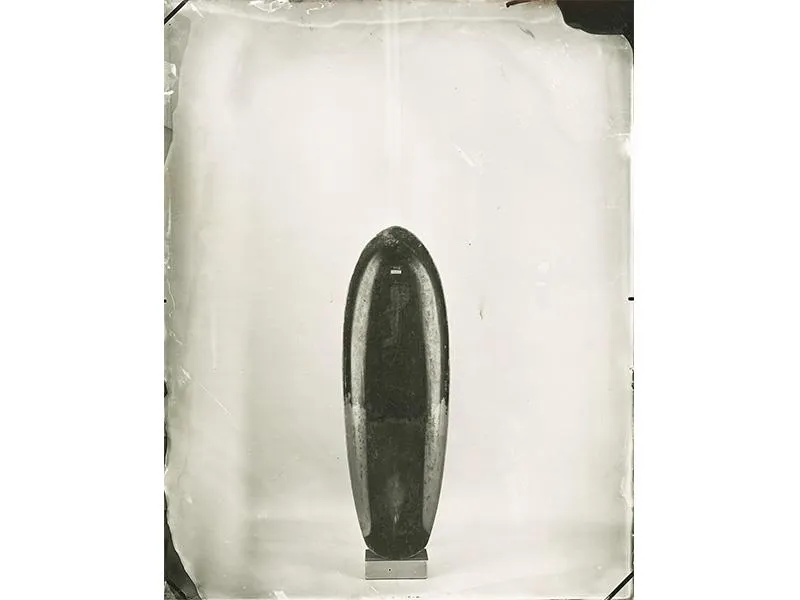
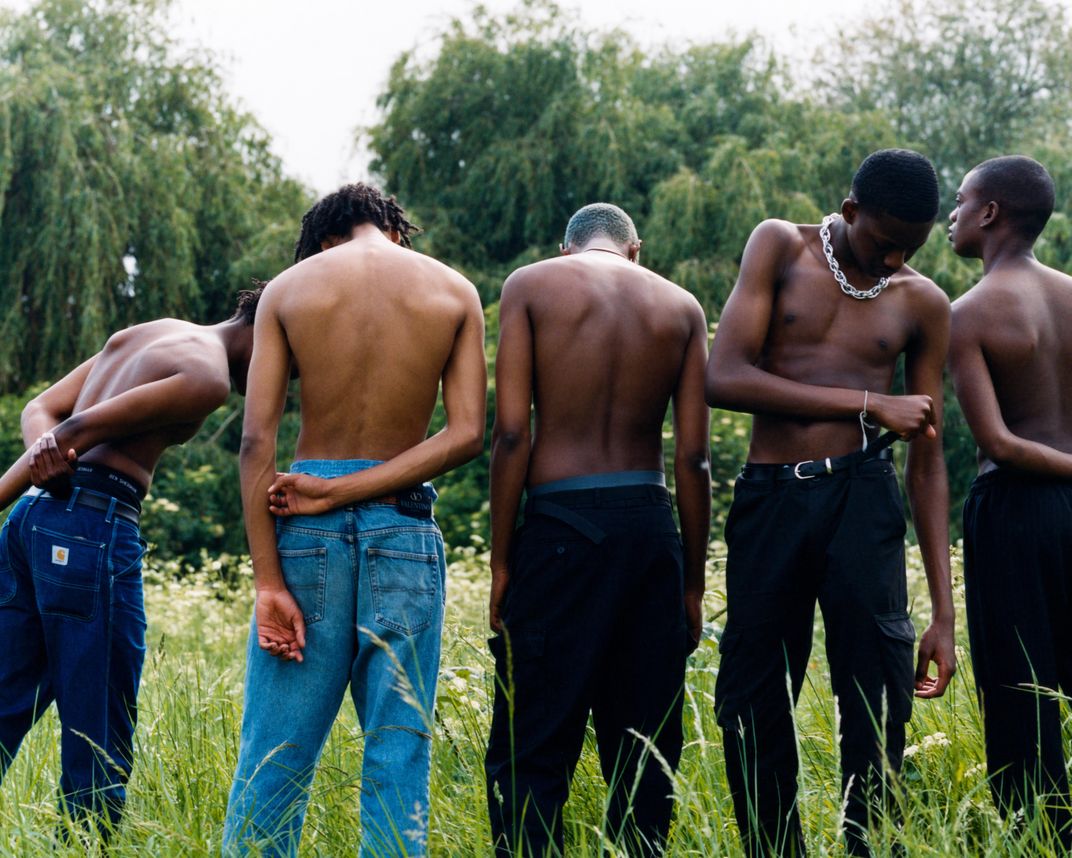
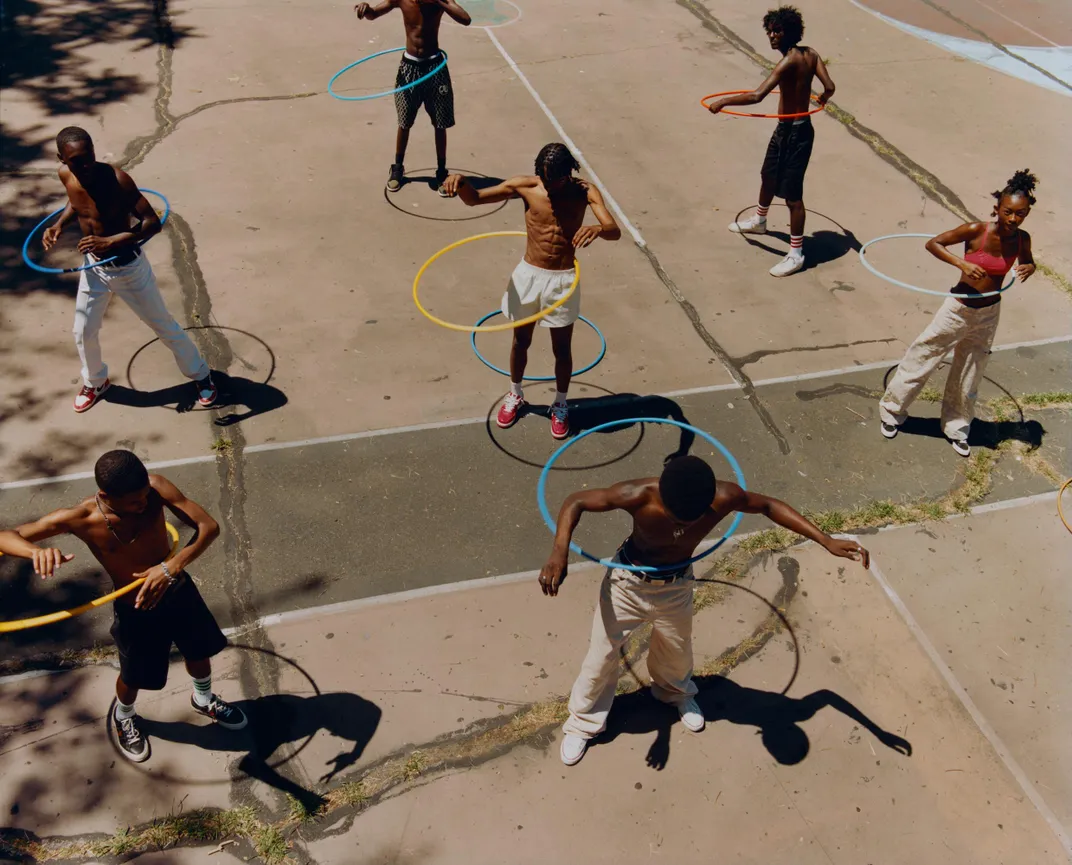
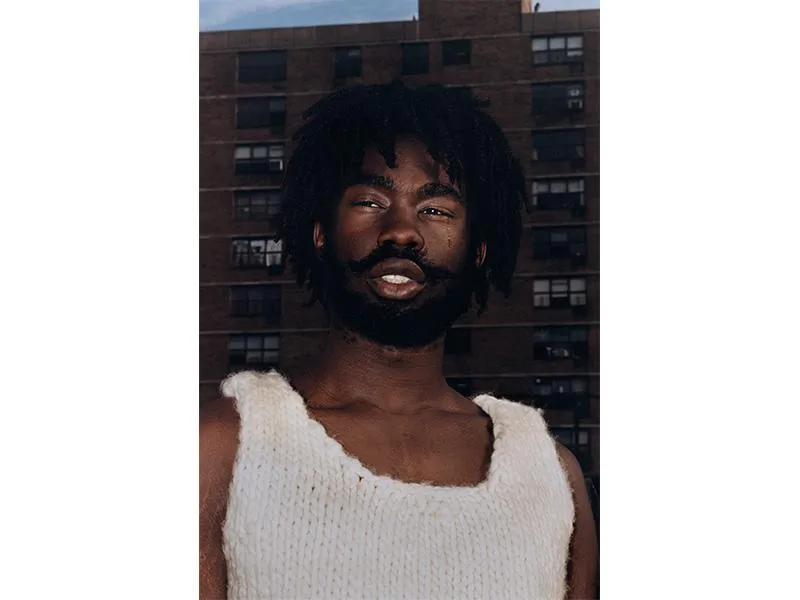
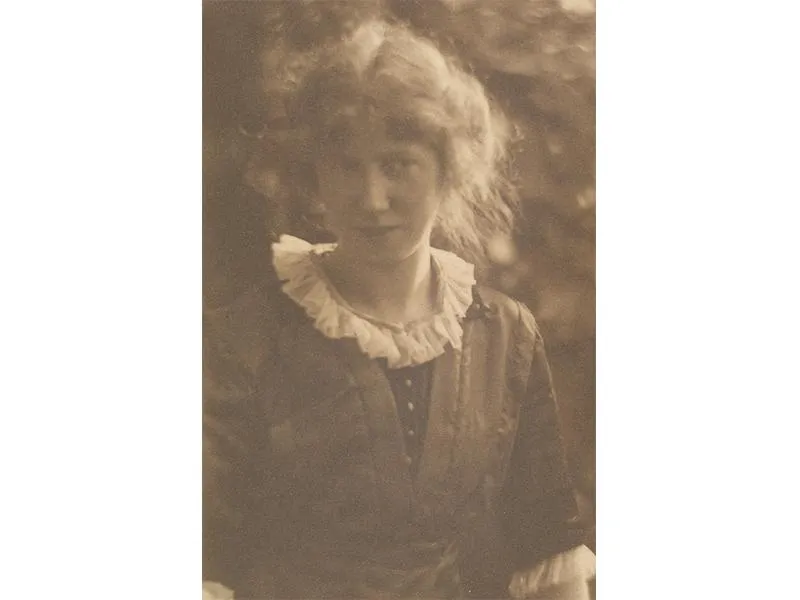
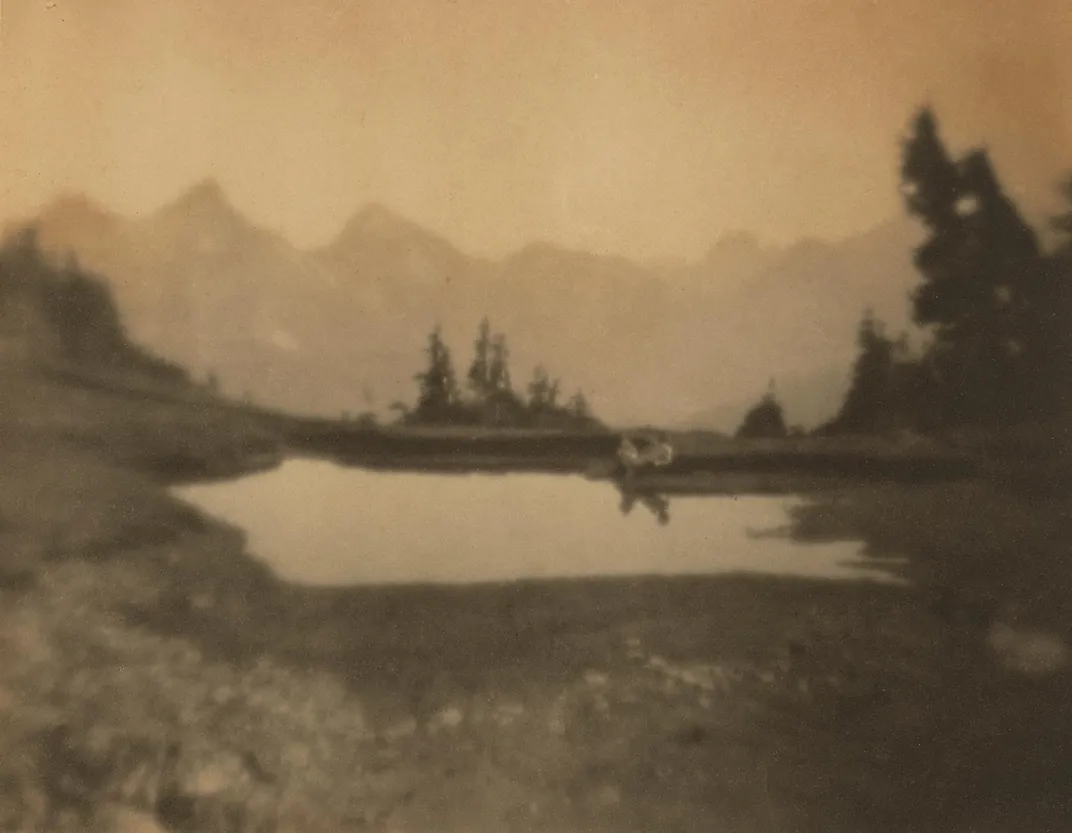
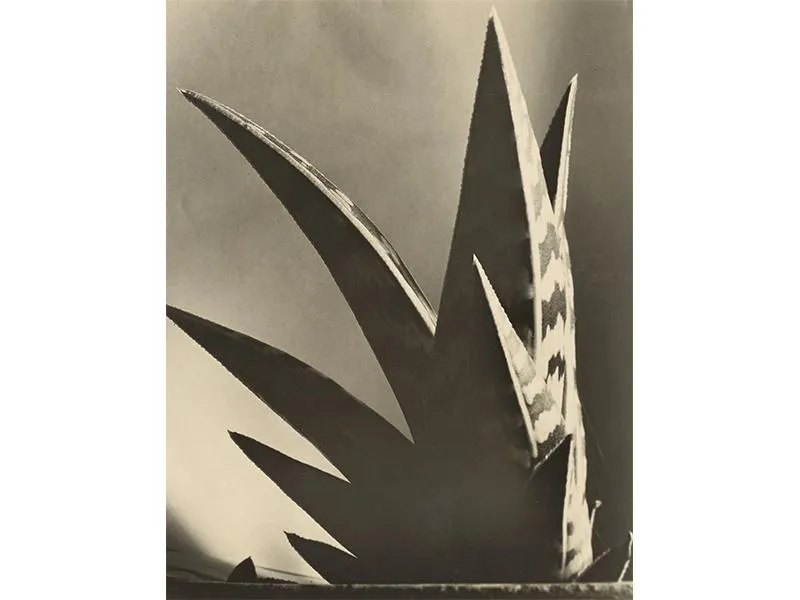
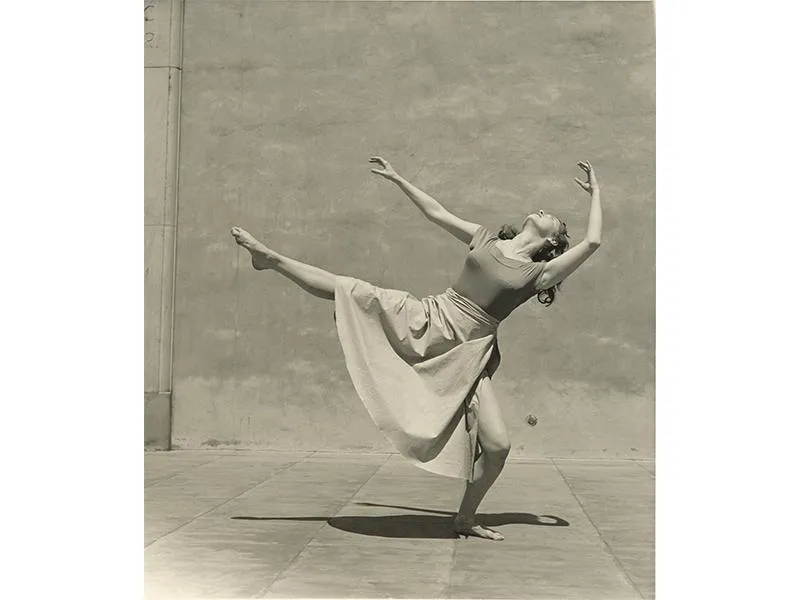
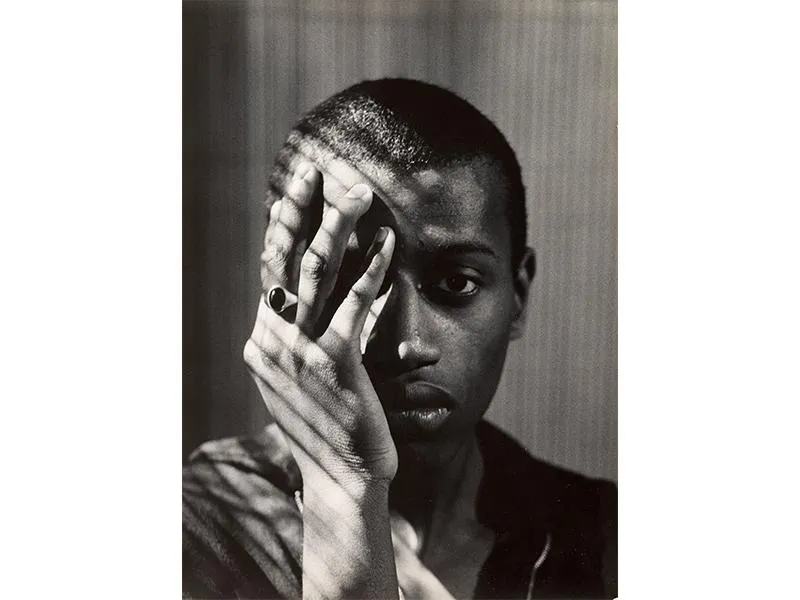
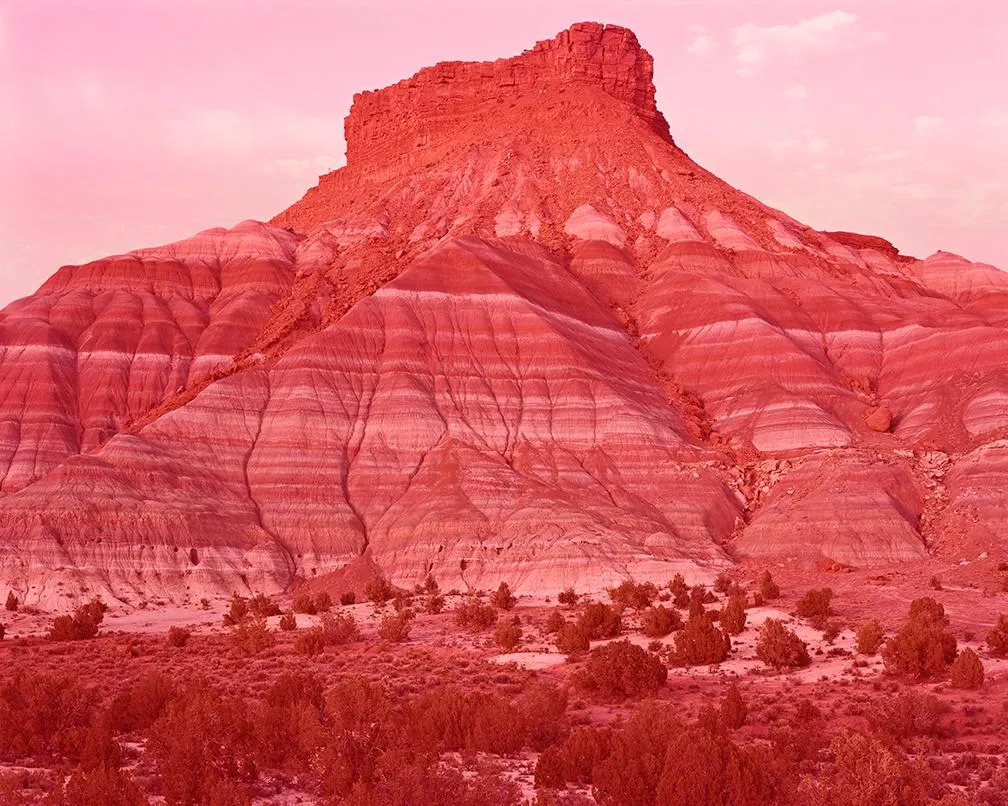
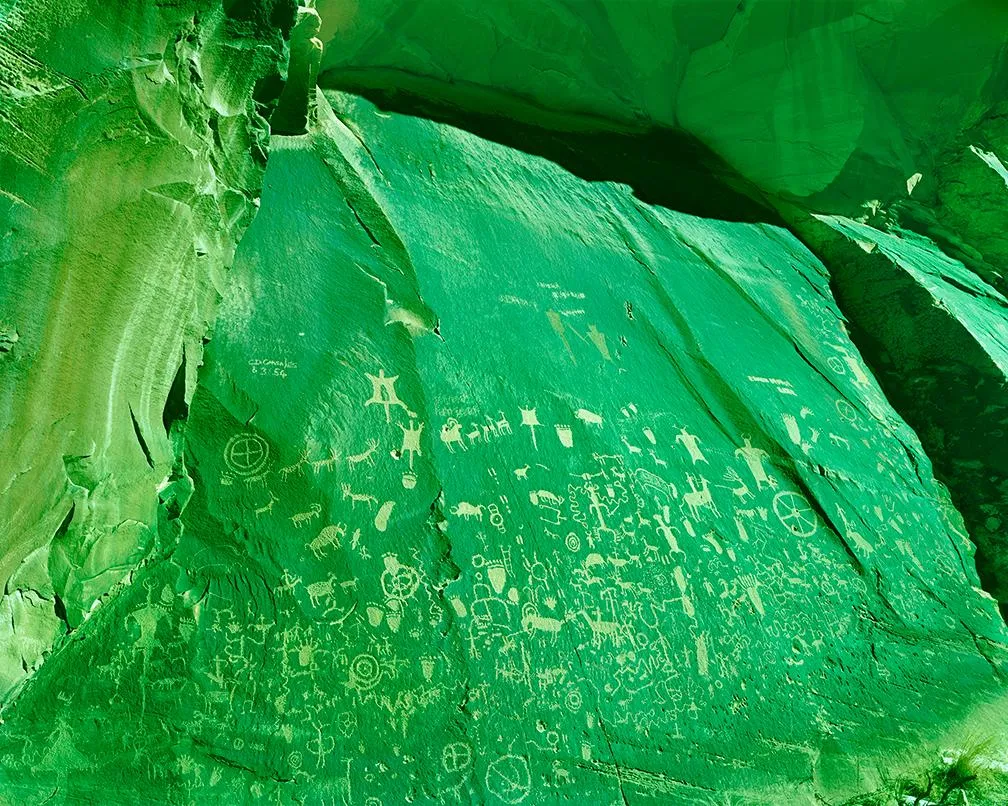
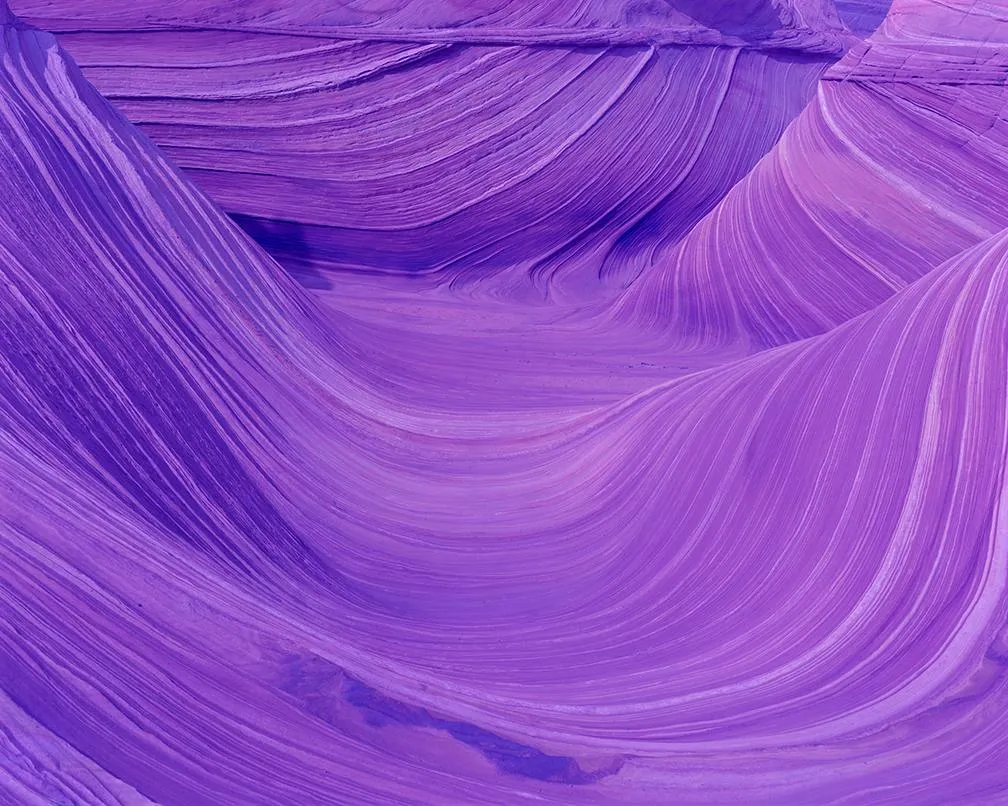
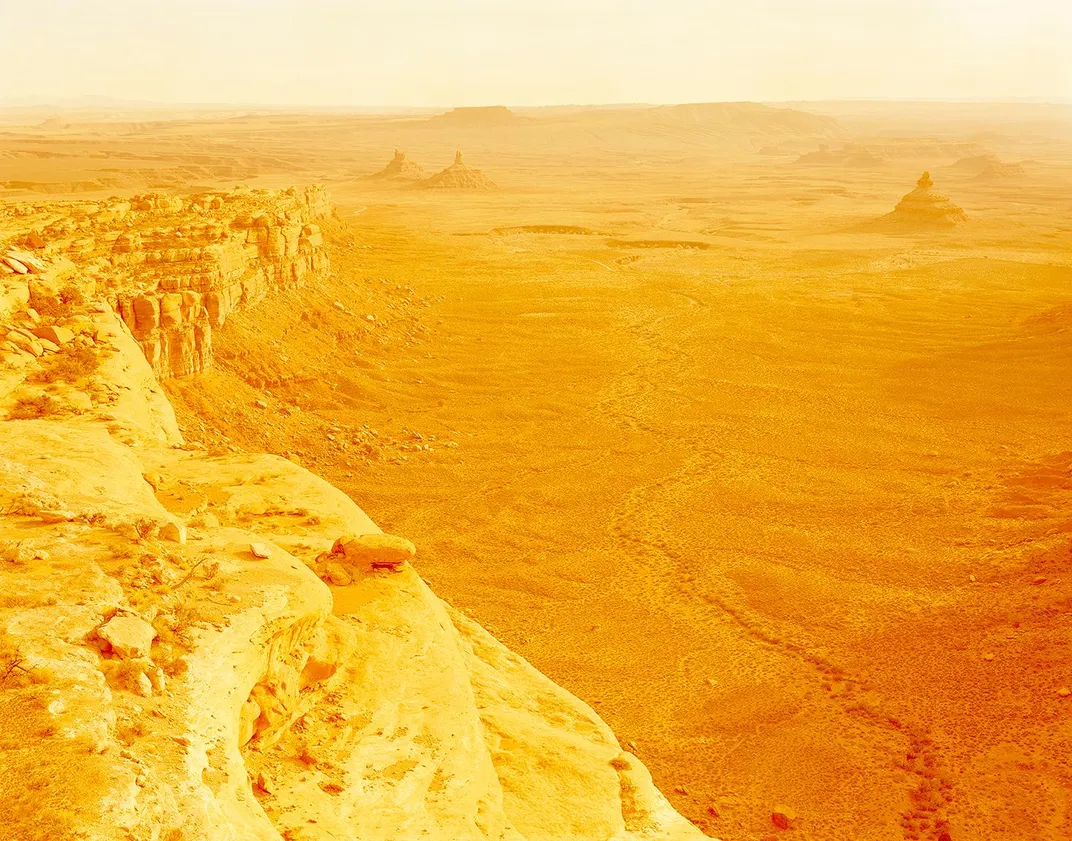
/https://tf-cmsv2-smithsonianmag-media.s3.amazonaws.com/accounts/headshot/Jeff-Campagna-240.jpg)